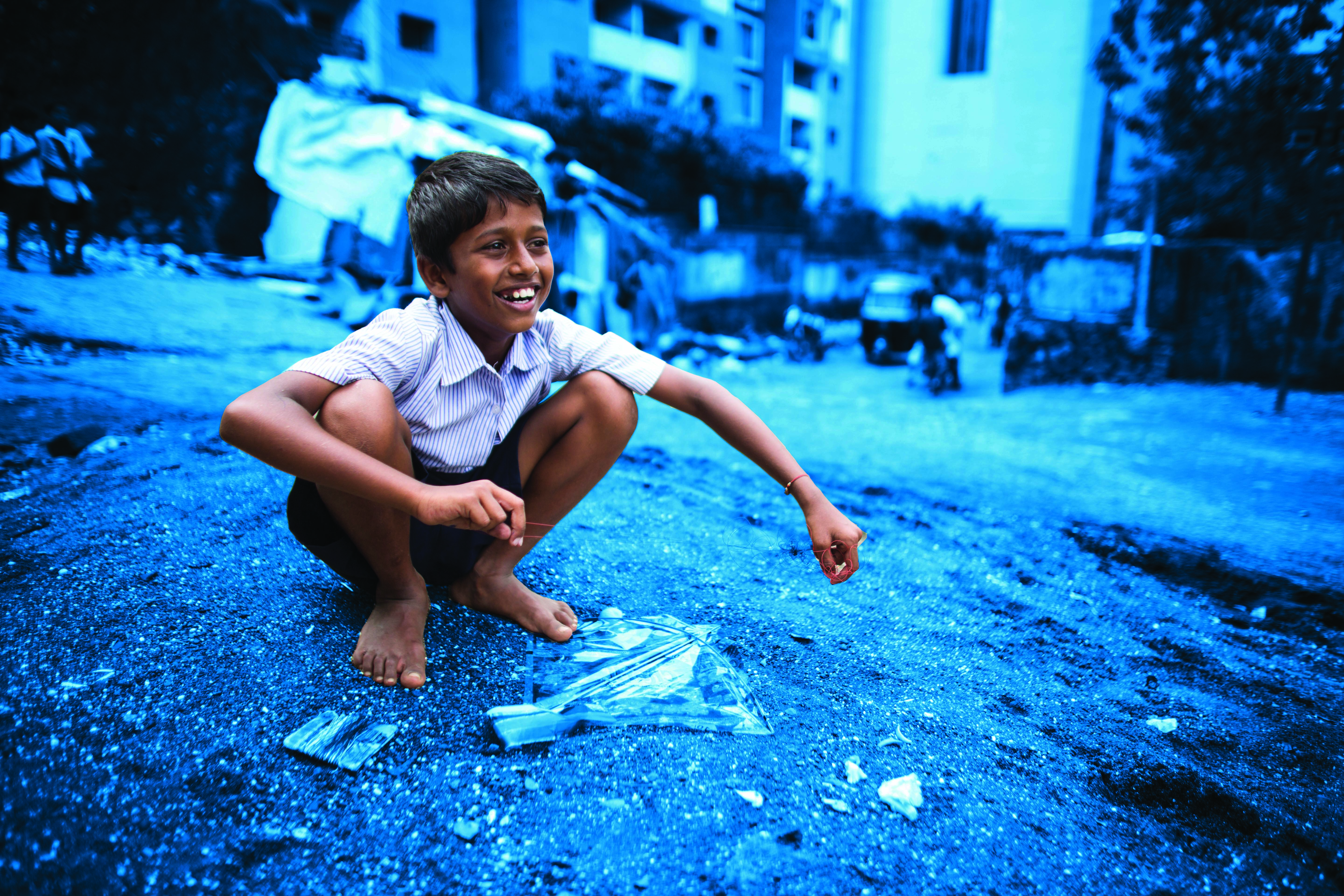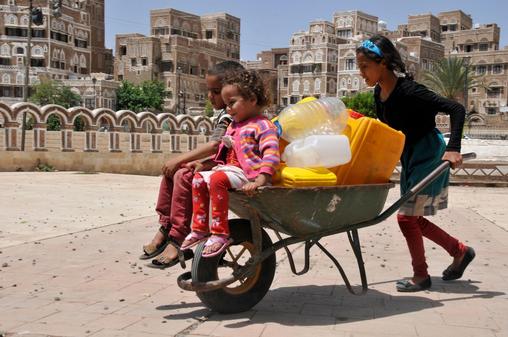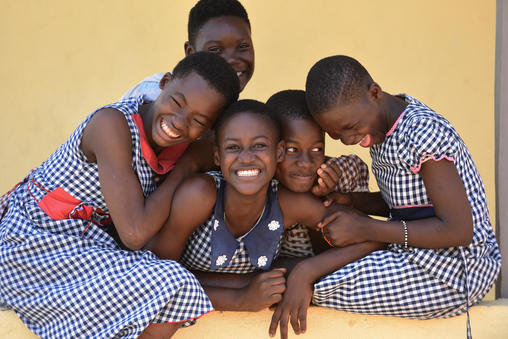Advantage or Paradox? The challenge for children and young people of growing up urban

The global urban population is expanding by 220,000 inhabitants every day or 80 million per year. Approximately a decade ago, the world officially became a majority urban planet. Along with urbanization a great deal of human progress has come to pass, including great leaps in child survival and development.
The urban advantage
Data regularly show that on average, compared to their rural peers, urban children have access to better essential services such as health care and education, water and sanitation, energy.
This is in part due to factors associated with the so-called ‘urban advantage’. On average, urban households earn higher incomes, benefit from improved infrastructure, have better education and reside in greater proximity to services.
A closer look at the evidence, however, suggests that not all urban children are benefiting equally, and that the urban advantage for children is perhaps an overgeneralization. Although on average, an urban advantage can be seen for all indicators, the urban advantage is not identical for all indicators and the urban population does not fare better in all countries.
Urban disparity
Not all children fare equally well in urban areas; some are more vulnerable than others and many advantages are generally strongly associated with household wealth. The poorest urban children are at a considerable disadvantage compared to their more affluent urban peers. Among all indicators, the wealthiest quintile of the urban population has better access and outcomes than the poorest quintile.
The urban paradox
Though urban residents on average enjoy better access to services and opportunities, a substantial part of the urban population is being left behind. Intra-urban disparities can be so large that many of the most disadvantaged children in urban areas fare worse than children in rural areas. For example, the poorest urban children in 1 in 4 countries are more likely to die before their fifth birthday than the poorest children in rural areas. And the poorest urban children in 1 in 6 countries are less likely to complete primary school than their counterparts in rural areas. This reversal of the ‘urban advantage’ is called the ‘urban paradox’.
Poverty, previously predominantly a rural phenomenon, is becoming increasingly urban. As more and more children live in cities and towns, it is becoming increasingly critical to understand the prevalence of the urban paradox and the extent to which it is masked by the narrative of the urban advantage.
To better understand this issue, UNICEF examined the best available international evidence for 10 selected indicators of child well-being. Much of the analysis focuses on comparing rural and urban populations and comparing the top and bottom wealth quintiles for these populations.
The report’s key findings are as follows:
- The average country exhibits a clear urban advantage on all 10 indicators of child survival and well-being.
- The size of this aggregate urban advantage varies across indicators.
- Urban averages can mask large inequities within urban areas.
- Inequities also exist in rural areas, and there is no evidence that urban wealth disparities are consistently larger than those in rural areas.
- Urban wealth disparities diminish with economic development.
- Much of the urban advantage disappears if we control for wealth.
- In a number of countries, the poorest and most vulnerable urban children fare worse than their peers in rural areas.
- Urban wealth disparity gaps are larger in Africa than in other regions.
- Urban inequality can take different shapes – from only the wealthiest moving ahead to only the poorest being left behind.
- Maternal education, like household wealth, is an important correlate of child welfare in urban and rural areas alike.
Turning the urban paradox experienced by millions of children and young people into an urban advantage is a key challenge for cities and towns across the world. Now is the time to step up efforts in this area.
The cost of inaction is high: almost 90 per cent of the world’s children and adolescents live in Africa and Asia, which are urbanizing rapidly. Today, approximately 1 billion people are estimated to live in slums, the worst form of informal settlement, and hundreds of millions of them are children under 18. Based on current trends, those numbers are likely to triple by 2050. Scaling up urban programming for children and young people is now a global imperative in all regions.
Supplementary material containing charts showing the wealth disparity gap for each indicator and country.
Values and wealth disparity gaps (separate for urban and rural) by indicator and country (data file to supplementary material).
Data file underlying report analysis for replicating the report findings (including all wealth quintiles, number of cases, and more).


